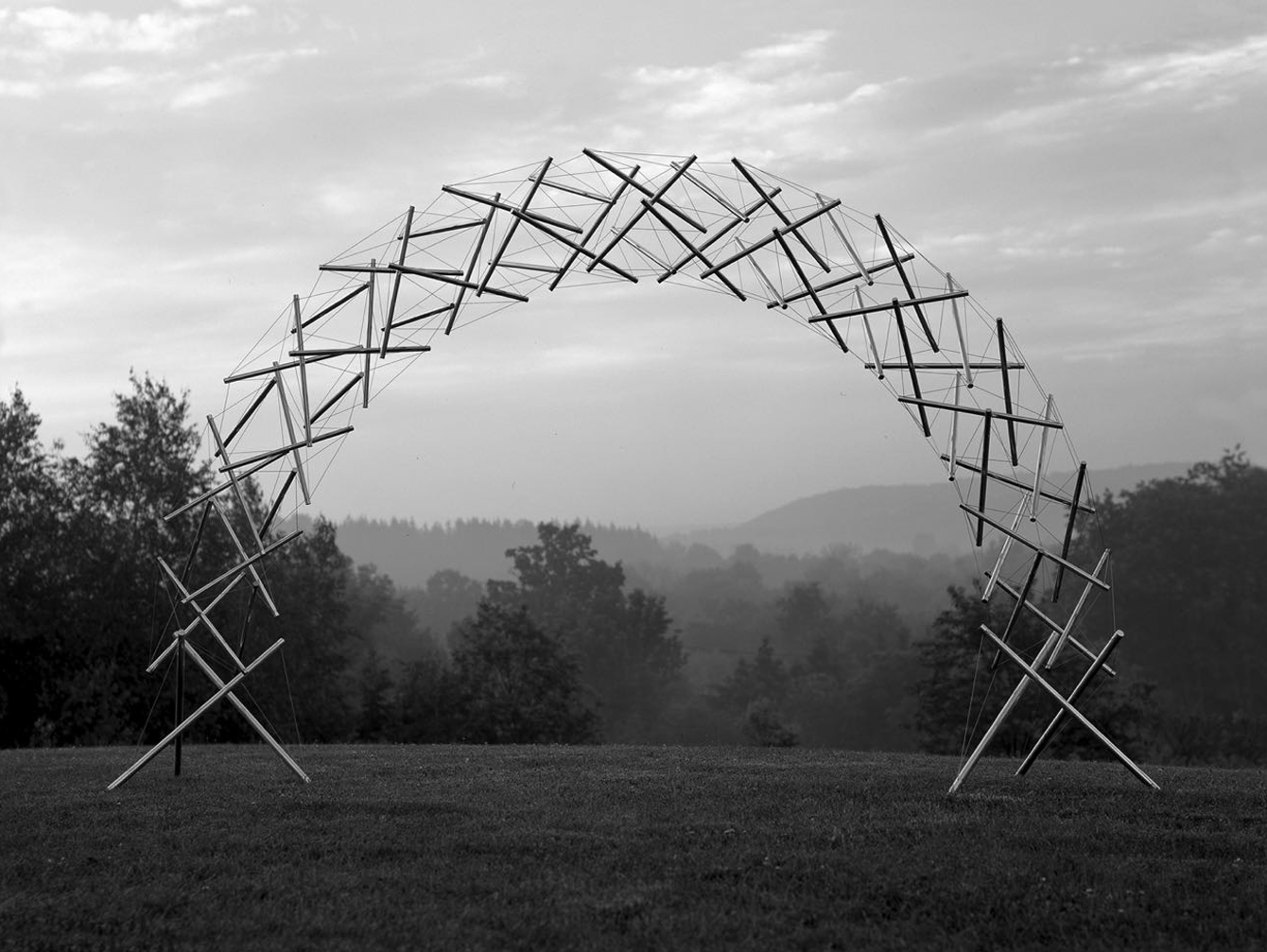LANdscape of led form
Design Inspiration
The following collection of reference images is meant to serve as a tool to inform and inspire designers on the creative uses of LED video products. Included are creative design examples not only from LED, but also from other industries in order to illustrate how current LED technology could be used in place of more traditional materials. This level of abstraction is intended to allow the designers imagination to wander and explore these possibilities further.


























































